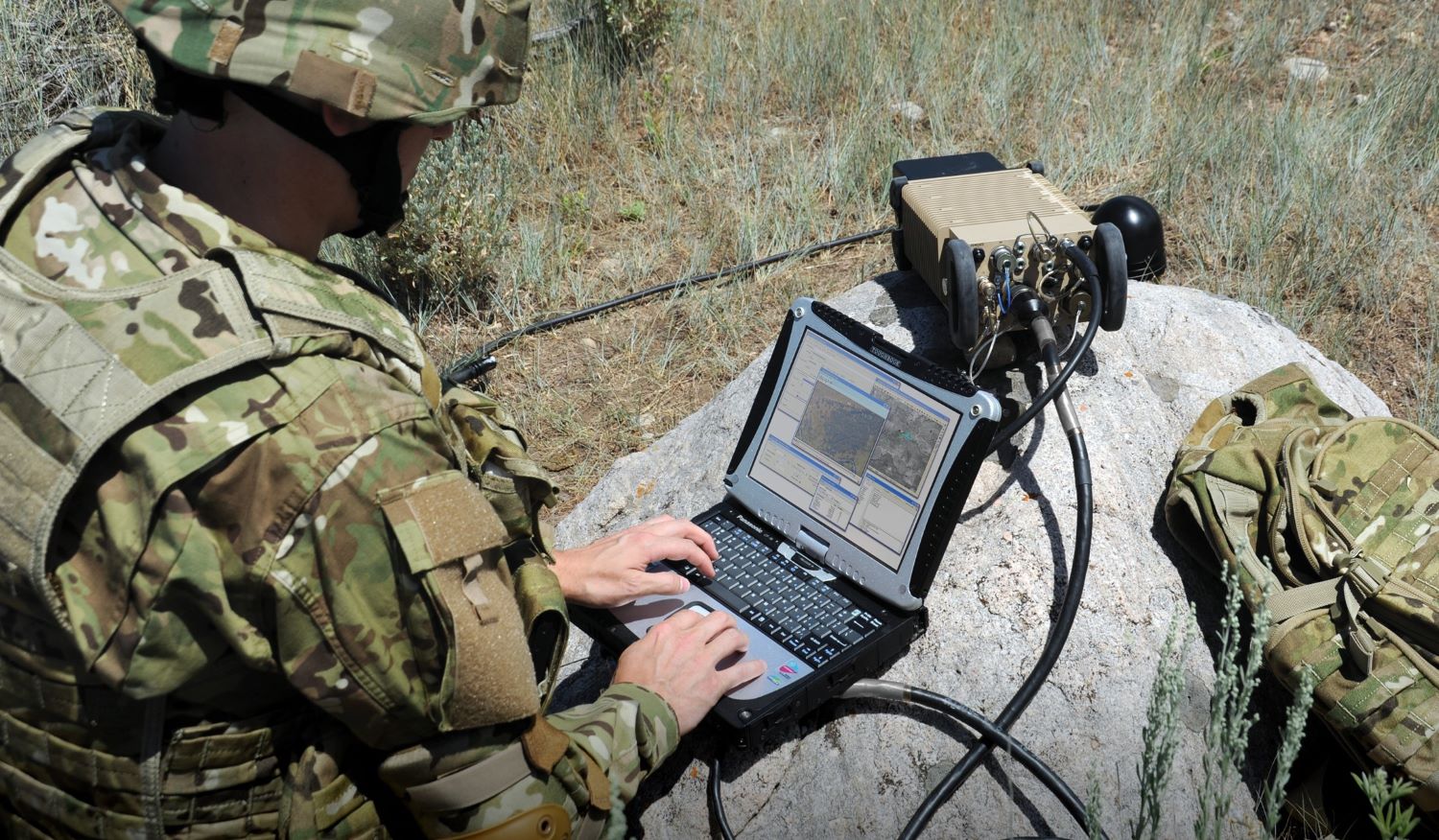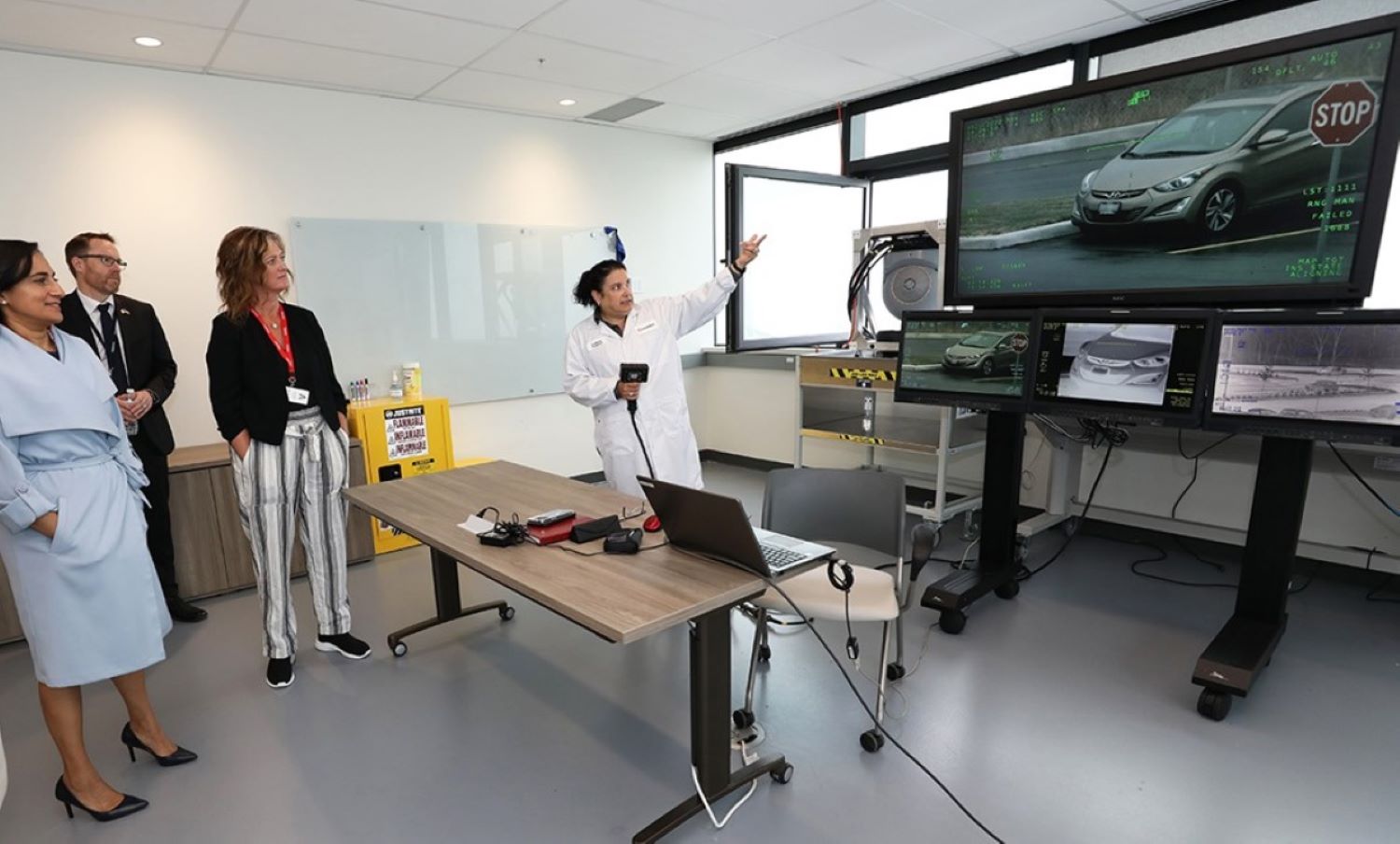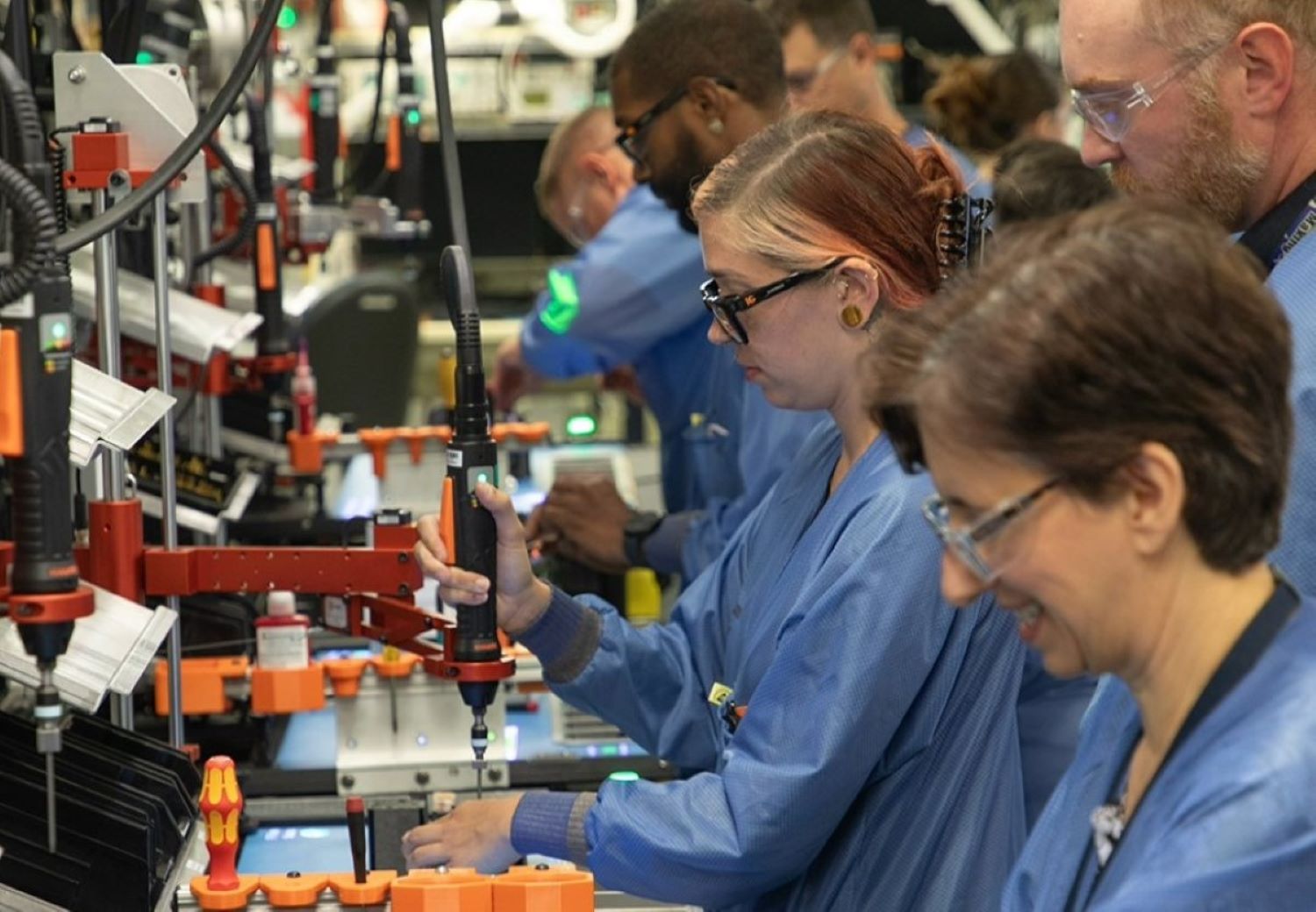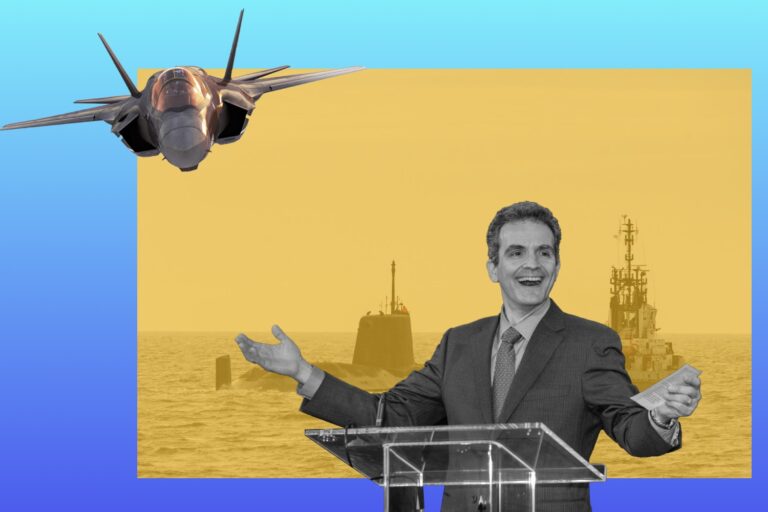How Chris Kubasik Holds L3Harris in a Strong Negotiating Position with the DoD
It’s the first quarter of 2024, and it’s sad that we have entered a new era of geopolitical uncertainty.
According to the Global Risks Report of World Economic Forum, the COVID-19 pandemic and the current conflict between Russia and Ukraine have shown social flaws in civilizations already under stress from episodic upheaval. Global attention has been drawn to civil strife and deadly conflicts, ranging from Gaza and Israel to Niger and Sudan.
As the warfare nature have changed, defense contractors have to push their limits to adapt to the landscape. When we talk about these contractors, there’s a rising star that people haven’t talked enough about and that is L3Harris Technologies. Since their landmark merger in 2019, the firm has been pushing itself closer to the identity of a “Trusted Disruptor” by offering a full set of powerful instruments for airspace, land, and cyber domains.
To accomplish this, we need to mention the leadership of Chris Kubasik, Chair and CEO of L3Harris. His strategy does align with the ever changing nature of warfare which helps the company to achieve the “sixth prime” status. That’s why we need to take a look at him first.
Golden Touch – Well-Seasoned Dark Horse in the Game
Chris Kubasik received his bachelor’s degree from the University of Maryland’s Smith School of Business. He also completed the Systems Acquisition management Program at the Defense Acquisition University at Fort Belvoir and received an Executive Engineering Certificate from Carnegie Mellon University.
Christopher E. “Chris” Kubasik began his career at Ernst & Young, where he achieved partner status in 1996. Subsequently, in 2010, he was appointed President and Chief Operating Officer of Lockheed Martin Corporation, holding various senior executive and finance roles.
Following his tenure at Lockheed Martin, Kubasik served as President and Chief Executive Officer of the Seabury Advisory Group LLC, a leading aviation and A&D professional services firm.
In 2015, Kubasik joined L3 Technologies as President and Chief Operating Officer, and in January 2018, he was named Chief Executive Officer and elected to the company’s board of directors. He was later elected Chair of the board in May 2018.

That was the hot time when merger and acquisition activity in defense industry was on the rise. L3 was already a ten billion dollar company, but Kubasik always looked for growth to turn L3 into a prime, and innovative and non-traditional prime contractor.
To achieve this, Chris Kubasik laid out a plan to focus on not only organic growth, but also inorganic growth. And that’s true, the company had been very acquisitive, they made eight acquisitions in 2017.
But some of the frontiers that L3 was competing with were twice its size. As Chris Kubasik looked at this challenge, he was well aware that he needed a secret sauce in order to have the scale to compete. And that is Harris Corporation.
Lean Hard to Merger and Acquisition – Provide More Competition for the Defense Industry
In 2019, Harris Corporation and L3 Technologies decided to combine to create a global defense technology leader, centered on developing distinct and mission critical solutions for customers around the globe.
This mega merger created L3Harris Technologies that we know today. The partnership made the 6th largest defense company in the U.S. and a top 10 defense company globally, with approximately 48,000 employees and customers in over 100 countries.
L3Harris is in a defense contractor market that’s getting more fragmented, but still mostly controlled by a few big players. In this competitive setting, all companies, including L3Harris (ranked sixth), have to negotiate to get their share. L3Harris is in a somewhat weaker position, mainly because it doesn’t have a strong original equipment business.
To this end, the L3Harris formation appeared as a savior. The merged defense contractor now holds a stronger negotiating position with the Department of Defense (DOD) and international defense agencies, giving it a competitive edge over its rivals.
L3Harris historically is known for situational awareness from space and airplanes, resilient comms with radios and networks, and then the sensors they have in space, air, maritime, and ground. So, the missing piece, you know, was the weapons, according to L3Harris CEO. That’s why the acquisition of Aerojet Rocketdyne in 2022 is a bold move for the company.
Reflected on this massive deal, Chris Kubasik stated that, “I think this ties in perfectly with the strategy I laid out four years ago. Starting with the merger of L3 and Harris, we wanted to build a company to provide more competition for the Department of Defense. So, the fact that we’re growing organically and inorganically is not a big surprise. This is going to benefit the customers; it’s going to benefit the shareholders, and it’s going to benefit the employees.”
He continued, “The customers want to strengthen competition and bolster the defense industrial base, and this acquisition does it. Aerojet Rocketdyne being part of L3 Harris, we have the scale and the strength to invest in people, processes, R&D, and we all know competition spurs innovation.”
Allowing L3Harris to merge with Aerojet is the best available solution to preserve competition in the marketplace. Without the resources provided by L3Harris, Aerojet Rocketdyne would be hard-pressed to keep up with the challenge posed by Northrop’s rocket-motor business.
Now, L3Harris has arrived in full force. However, with an array of services, they need a system to connect these elements. And Chris Kubasik has prepared for this even before acquiring Aerojet. We are talking about the L3Harris-Viasat deal.
With the acquisition, L3Harris has enable their customers to be able to connect the satellites to the airplanes, to the ships, to the soldier on the edge.
Not to mention L3Harris Technologies and venture capital firm Shield Capital strategic partnership in 2022 to foster emerging defense and commercial technologies that address customers’ growing requirements for innovative, agile solutions that can be rapidly fielded.
That’s so much happened in the course of 5 years since taking over at L3 in 2018 as CEO. Now it’s time to focus more on organic growth.
Don’t be Sidetracked – Organic Growth is Also Important
Taking about L3Harris Future, Chris Kubasik said that “Well, it’s been a busy five years, and as I reflect upon it, 2023 is going to be very straightforward. We’re going to focus and execute on the programs we have.

He continued, “With three separate segments, the leaders will concentrate on customers, strategy, and their respective programs. The integration of ViaSat, expected to close in January of this year, is underway, having received approval from the HSR process, NSA, and the UK, with Australia’s approval pending. The integration of Aerojet will follow suit, and we’ll make divestitures to pay down debt.”
According to him, looking at 2023, 2024, and 2025, the focus will be on execution, organic growth, deleveraging, and maintaining L3Harris’s investment-grade rating. Beyond that, the future is open, and they’re having a lot of fun navigating these strategic moves.
A Cup of Wisdom – Lessons for other Businesses
It’s been more than 30 years since Chris Kubasik first started to take on the defense industry. Along the journey, he has been wisely collected the experiences as someone who has the golden touch. That’s why he is a valuable source for business owners to learn. Let’s dive in.
People – The Valuable Force in Company
Contractors always look for winnings, but it’s far from reality if we don’t acknowledge of this one thing – people.
As shared by L3Harris CEO, “I think the overall lesson we’ve learned and what we’re now doing differently is taking advantage of all the great capabilities and knowledge and experiences that everybody has within the corporation.”
He added, “So, in the old days, a lot of these bids were done at the division or the entity level. Now, we’re having strategic reviews. We have some major recompetitions coming up for f-16 training, as an example. Instead of reviewing it the week before the proposal was done, we’re having monthly meetings, including people with great experiences both from the military, the government, and industry.”
Since taking over L3, people in his company has always been spending time together coming up with ideas and innovative solutions, that’s expected the win rate to increase.

“Again, when you have thousands of employees, you have great talent, great expertise, and you’ve got to be able to reach up and take advantage of that. And people are more than willing to help, and people are more than willing to raise their hand and ask for help. I think that’s the big difference. So, it’s transitioning probably more from a holding company to an operating company and trying to add value from a top-down perspective. And I’m looking for better results,” he said.
Create Availability – Tackle the Supply Chain Problem
About 22 percent of L3Harris revenues is from international customers. They’re seeing it in the Far East and the Middle East, and obviously, Ukraine. The defense contractor has delivered 15,000 radios to Ukraine since the conflict started. But there is one thing that not only L3Harris, but other contractors are counting – supply chain problem.
“When addressing the supply chain, we have proactively put our engineers to work. We’ve redesigned our products, incorporating 1300 different parts than two years ago that were not originally designed. Instead of waiting for suppliers to catch up, we are actively redesigning our products, taking advantage of what’s currently available,” said Chris Kubasik.
He continued, “It’s really all military, and I think one thing we’ve learned from the Ukraine conflict is that resilient comms are critical to the next warfare. You have to be able to communicate past data without having it intercepted. The U.S. Army and the Marines are both in the middle of a modernization phase, so we believe we have good visibility. It’s kind of like our personal phones, right? Everybody’s got to get the next thing, and the Army and the Marines are all doing the same thing.”
Be a Sidekick – Complement Other Players
These surprising findings reveal that, unlike its larger competitors with strong franchises, L3Harris has a different business model. Despite this, L3Harris has found success in specific areas, achieving solid profit margins. The company benefits from larger defense contractors.
Now, the company is the sixth largest defense contractor, but interestingly, they have a very close relationships with the first five as crucial clients on a variety of important missions for the country.
The CEO said in an interview in 2018, “And while we probably will never build a bomber or fighter jet or a destroyer or a major submarine, there are smaller systems and platforms that we think complement what those companies are doing and allow us to better help our customers.”
He added, “And then ultimately, the key, and I think what’s unique to us, is the communications, a low probability of intersect, low probability of detection is what’s going to be critical to connect these systems, small, large, and cross services. And I think we have some unique capabilities there, and I think that’s a vulnerability that needs to be focused on, and we have the capabilities to solve some of those challenges.”

Remember that L3Harris provides numerous mission-critical components for Lockheed’s F-35, among other things. When a single company supplies an increasing number of essential parts and establishes itself as a dependable and go-to supplier, it gains an advantage in outmaneuvering smaller competitors, leading to increased pricing power.
Way to be the Prime – The Intimacy with Customer
Historically when L3 were first formed, the company was a merchant supplier. What Chris Kubasik has been looking for is dealing directly — selling directly to the customer, which doesn’t necessarily equate to large platform. So that is about the relationship, the intimacy with the customer.
Since being the CEO at L3, Chris Kubasik haven’t envisioned a scenario where he’s building multibillion-dollar satellites, airplanes and ships. But he can better connect those, we can have smaller offerings or platforms like a UUV, UAV, maybe a small satellite that works and complements the larger system. And that his definition of being a prime.
“For example, take the Enhanced Night Vision Goggles for the Army. We’re a prime. We deal directly with the Army. These are obviously enhanced, lighter-weight, better capability. We have made significant investments over the years. It’s white phosphor, which means when you turn out the lights and put them on it’s the same as what we see sitting here, compared to the green that you see from the older technology,” said the CEO.
He added, “So as a team, thanks to Army leadership and our commitment, we were able to sit side by side in an alpha contracting-type environment and negotiate this in a fraction of the time that a traditional acquisition would have taken. We negotiated a fair deal, and we’re now under contract for 10,000 ENVGs. And in that process the Marines joined in and got 3,000. A $391 million contract — that’s an example where we’re a prime.”









